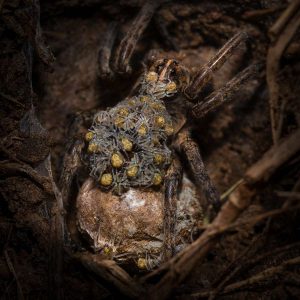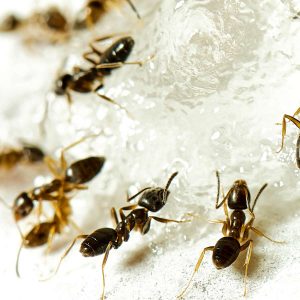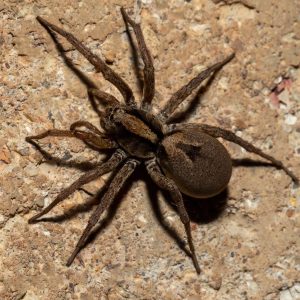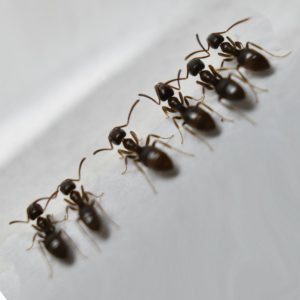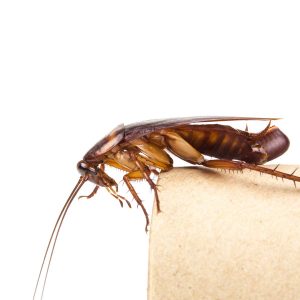Is Regular, Preventative Pest Control Necessary?
Tired of feeling like your home or business has a revolving door for pests? So are a lot of people. Pests have become so rampant in America—and the use of over-the-counter pesticides so common—that the Environmental Protection Agency (EPA) has worked with scientists and pest control professionals to establish guidelines for pest treatment that focus on prevention rather than reaction. The science shows that preventative pest control treatments are more effective, and they cause far less risk to humans, pets, and wildlife. But is regular, preventative pest control necessary?
The EPA thinks so.
Of course, their first priority is public safety rather than pest management, but in the course of working with industry experts, they’ve established a system that accurately and potently controls specific pest populations with marginal risk to other living things. They call it Integrated Pest Management (IPM, also called green pest control), and it’s so comprehensive that most pests don’t stand a chance, once it’s instituted. So, is regular, preventative pest control necessary, or is it a waste of time and money?
Integrated Pest Management: Science Vs. Pests
Every type of pest has a different behavioral pattern, and these patterns are difficult to anticipate without a bit of education on how they get into your building, where they live, how they breed, and how they feed. IPM plans set forth a quarterly system of inspection and treatment based on the observed behaviors and life cycles of the pest(s) being targeted, as well as the trained observations of an onsite professional. This puts the final treatment plan into the hands of a certified technician who knows how to customize IPM methods to the property being treated.
Is Professional Pest Control Better Than DIY?
Although retail pest control products are effective at making the bugs you can see go away, they often send the rest of the brood running to deeper, safer places, where they resume eating and reproducing. These newly fortified invaders may even grow resistant to the pesticide, over time; insects can evolve and adapt quickly. This is only one example, among many, of why do-it-yourself treatments often fail.
The EPA’s guidelines recommend regular monitoring of potential pest entry points, habitats, and traffic ways, followed by preemptive treatments that stop infestations before they begin. The beauty of this is that it keeps most of the chemicals away from humans and pets, which is why environmental officials love it. But here’s the real bonus: by implementing the system on a three-month cycle, the overall quantity of chemicals infused into the environment is much smaller.
IPM-certified pest professionals also use different tools than do-it-yourselfers. For example, their spray equipment achieves deeper reach, to root out pests where they live. Still, it’s their technical education that allows technicians to use these tools effectively.
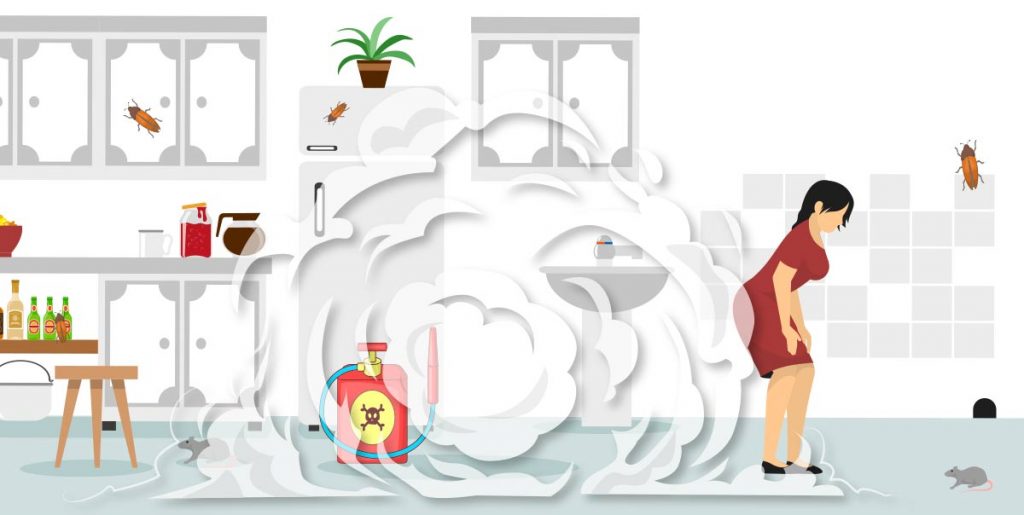
How Often Do I Need Preventative Pest Control?
There’s a simple reason that IPM plans are built around quarterly property visits: it takes about 90 days for professional chemicals to start losing potency. It’s also a pretty safe bet that pests will adopt new ways to look for entry into your home or business during that time, so quarterly inspections allow you to treat new incursions on a preventative basis, rather than reacting to more expensive problems later.
What Does an Integrated Pest Management Plan Involve?
Think of your property as a fortress. A licensed, green pest control professional will inspect and evaluate that fortress, then present an IPM plan designed to make it impregnable to unwanted invaders. The approach is three-fold:
Inspection of the area around the perimeter
Your home (or commercial facility) is part of an ecosystem, and pests interact with that ecosystem beyond the confines of artificial structures. By investigating pest activities in these exterior spaces, the technician can focus a preventative strategy that will cause minimal harm to non-targeted species.
Perimeter pest security
The outside of a structure is where IPM plans draw the line against pests. In addition to perimeter sprays and traps, a technician may seal cracks and holes where pests can gain entry. He may make suggestions on how you can improve security, like cleaning up brush piles where ants nest, or storing foods more securely.
Interior pest security
The technician will inspect the interior, identifying any remaining vulnerabilities, and treating key areas to prevent the incursion of any tough customers who make it through the perimeter.
IPM pest control methods are as varied as the pests they treat. Ladybugs require a very different approach than roaches, which are entirely different than ants. Rodents are a category all their own. Rather than laying out an encyclopedia-length volume of scientific information in this article, suffice it to say that green pest control methods are tightly targeted treatments directed at strategic biological targets.
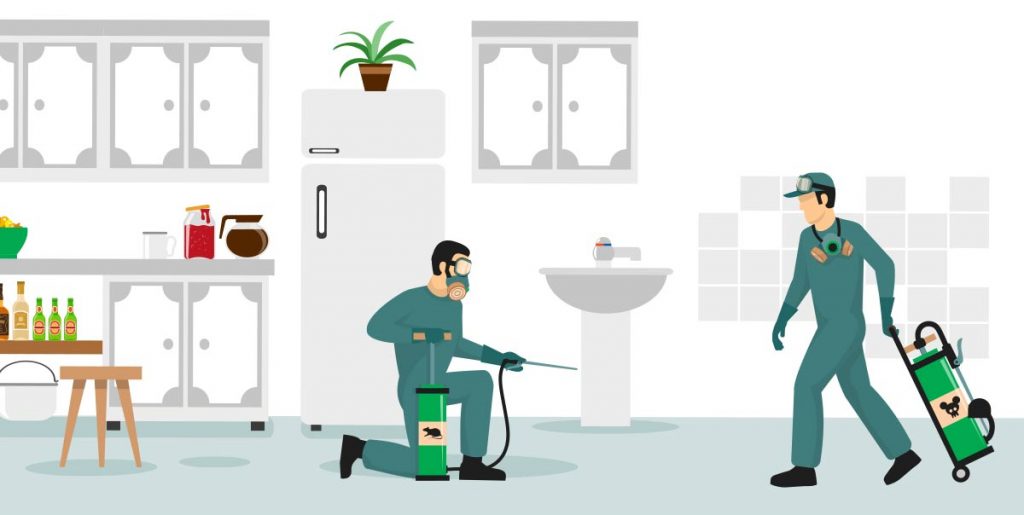
Are Preventative Pest Control Plans Guaranteed?
They should be. Any licensed, certified professional who knows their stuff will seldom leave pest survivors in living spaces, and if they miss something, they’ll be happy to come back and deal with the problem before it gets worse, at no charge. If you’re looking for green pest control in Wichita, Kansas, or green pest control in Manhattan / Junction City, Go Green offers an iron-clad guarantee, as long as treatments occur every three months (but no contract is required).
How Much Should Preventative Pest Maintenance Cost?
It’s surprisingly affordable, when you compare it to the cost of buying a cupboard full of chemicals, driving to and from the hardware store, and then dealing with any damage, health problems, or food losses that can come with infestation. Go Green Pest Control charges about $80 a month for a quarterly IPM program on a 2,000 square foot house. No more pests, no more watching and worrying, and it costs a little more than a Netflix subscription.
Businesses almost always opt for IPM plans because they know what their pest management costs will be every month, with no surprises or costly calamities. Increasing numbers of renters and home owners are signing up for the same reasons.
Is Peace of Mind Necessary?
Nah, life will go on, whether you have peace of mind or not. But pest infestations can take a terrible toll, financially, emotionally, and time-wise. Most of us outsource services that we don’t know enough about or don’t want to deal with. For a few dollars a month, many people treat pest management like car maintenance. Sure, you could change the oil, check under the hood, and rotate the tires, but it’s easier to put these things in the hands of professionals who have the knowledge and tools to do them right. It’s one less thing you have to think about, which can be worth a lot in these busy times.

